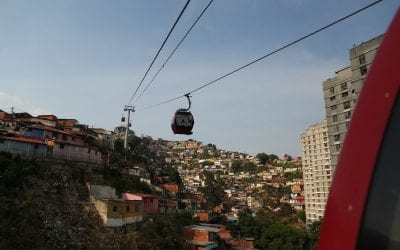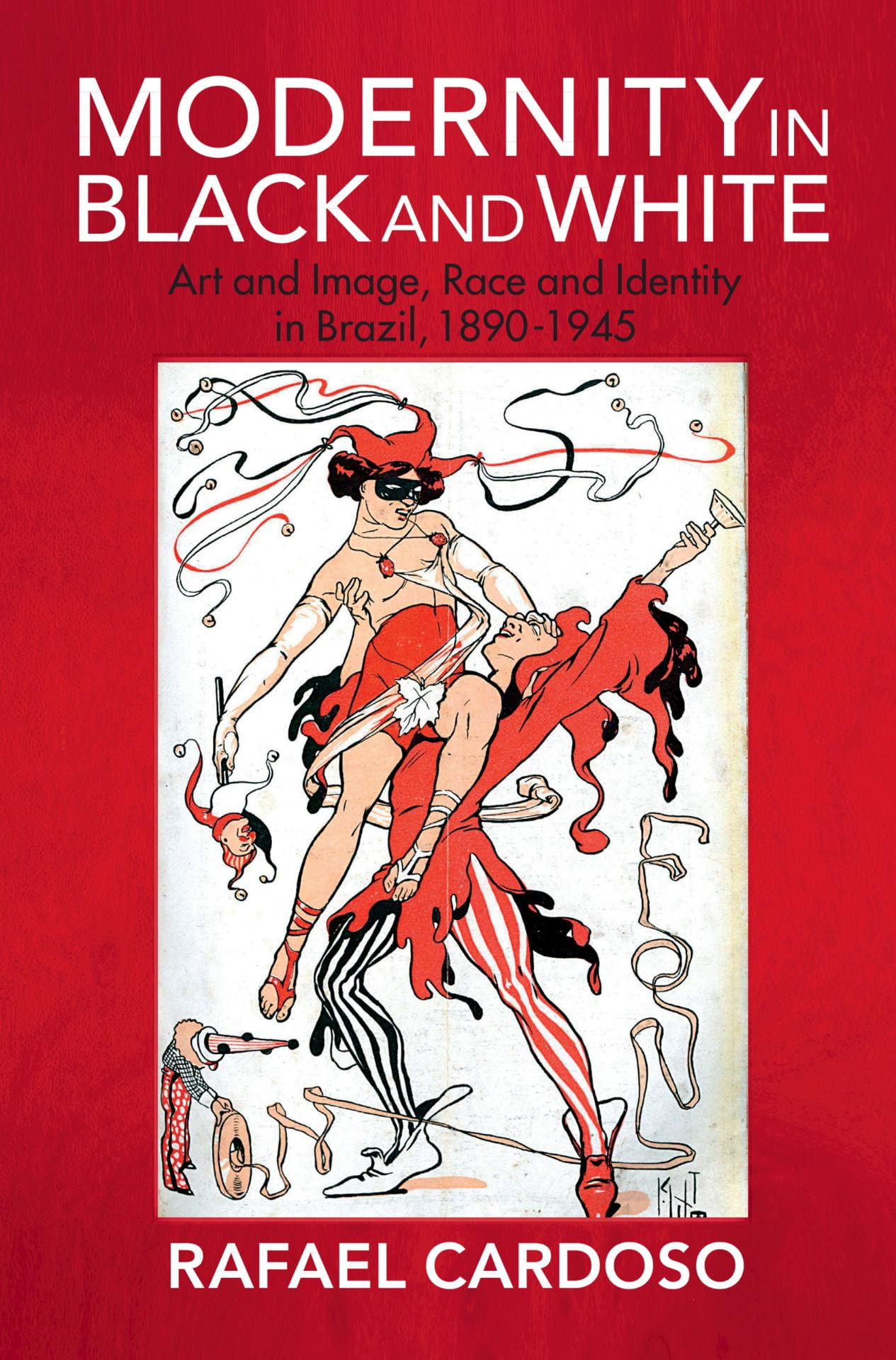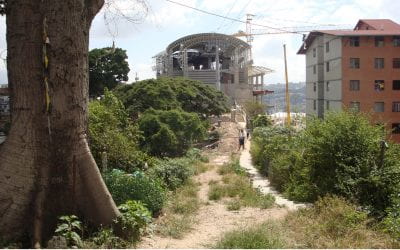The Moving Landscapes of Cuba
A different version of this appeared two years ago in ReVista. Logically, many things have happened on the Island in these years, many more in recent months—which, by the time of publication, will probably make this article both outdated yet appealing.
Once again, Cuba is a topic of interest, surprise and probable disappointment for the casual cubanophile who expects the moving social, political and economic landscapes of the country to change in the attention span of the evening news. The humble original topic of this paper (the historical and symbolic importance of Lada cars in contemporary Cuba) today could be a reminder of Cuba’s resistance to conventional categories of analysis; it definitely was so back when it first appeared—since the text had been written another two years prior!
I wrote it in the summer of 2017, it was first published in July 2019 and it now reappears in August 2021; it can be said that reality has not favored the relevance of this text, then, since arguably the two biggest changes that are shaping a different Cuba happened in February 2019 and January 2021: the passing of a new constitution that legalized private property (amongst more polemic proposals), on the one hand; and, on the other, the beginning of the Tarea de Ordenamiento which, together with the elimination of the dual‑currency system, implies a profound transformation of the country’s social security programs.
The main points of the article, as in the 2019 version, “were theoretical and thus, I think remain valid––that Cuba’s vehicle fleet is a material site that can be read in geopolitical and historical terms; and that it then can and has been ideologically reinterpreted” in different cultural productions. However, the circumstantial information has been updated to keep this paper relevant for ReVista’s upcoming special issue on transportation.
Many emblems of Cuba’s reality may have changed or left (leaders, laws or libreta), but it is a safe bet to count with the Lada cars to keep moving (across) the landscapes of Cuba for years to come.
He kept referring to the largest country in the world, throughout our 15‑minute conversation from Centro Havana to El Morro, as “la Unión Soviética.” A lapsus linguae I had heard a couple of times already on an island that might lack much but certainly not geopolitical awareness. This taxi driver had somehow stuck to the name of what in Cuba was called, for about thirty years, the “Eternal Friend”—the work or study destination for many, and the origin of many ideas and goods, such as the Lada car he was driving me in. “It was an award I received during a socialist emulation in the sugar mill I used to work in,” he answered to what in other countries would have been considered an impertinent questioning. “During the nineties many insisted I exchanged it for an old American carro, a hook for tourists in search for taxis, but I won’t let go of my reliable Lada for anything in the world,” he concluded, suggesting that his geographic confusion had more to do with nostalgia for pre‑planned‑obsolescence times than for foreign models of omniscient central planning.
That happened in February 2017 during Havana’s annual bookfair. I have visited that popular event every year since, and that short week in 2020 was the last time I was on the Island. Shortly thereafter, the same stillness and silence that we all know also paid a visit to Cuba’s roads and streets. Recently, however, noises unheard for decades briefly returned to the streets, this time moving by foot. After the unprecedented protests and disturbs of November 2020 and July 2021, the media in the United States and other countries convey once again that the possibility for the country to “modernize” itself is within hand’s reach. In spite of the fact that the US embargo on the Island still prohibits any exports of American technology to Cuba, that future is usually pictured as the coexistence of picturesque old Chevrolets and efficient brand‑new Fords. This may be because, in the terms of a tourist imagination, the Cuban landscape could be characterized by the omnipresence of sturdy, colorful and extravagant classic American cars—2017 blockbuster The Fate of the Furious, the first American film shot in Cuba since 1959, conspicuously shows no other sort of vehicle on its Havana exteriors. And yet it is the Russian automobile (Ladas, Moskvitch, UAZ and Volgas) that reigns there. Even the engines that propel the almendrones, discreetly kept under re‑painted hoods, are, more often than not, Soviet. Thus, albeit not the only one, the Lada car might very well be the clearest sign in the Cuban landscape that America is far from being the new “amigo eterno” of Cubans.
An improved version of the Italian Fiat 124, Americans were promptly forbidden to import the first model of Ladas, but almost anyone from a Third‑World country, where exports were especially successful, would have at least the memory of a Lada taxi, a friend’s 1200, a neighbor’s Zhiguli. Even British workers kept buying them—in spite of a bad reputation built by and encapsulated in caustic pieces of British humor—until the now‑privatized and French‑owned company stopped its production in 2010, forty years after its inception. The company, however, still manufactures the Niva model (the first crossover SUV) with unchanged characteristics since the 1980s and still popular in countries like Iceland or Greece. And, of course, also in production are the spare pieces for the myriad of functioning original Ladas, which Cubans used to acquire, cheaper than at home, in visa‑free travels to Russia or in stores cleverly established in Florida.
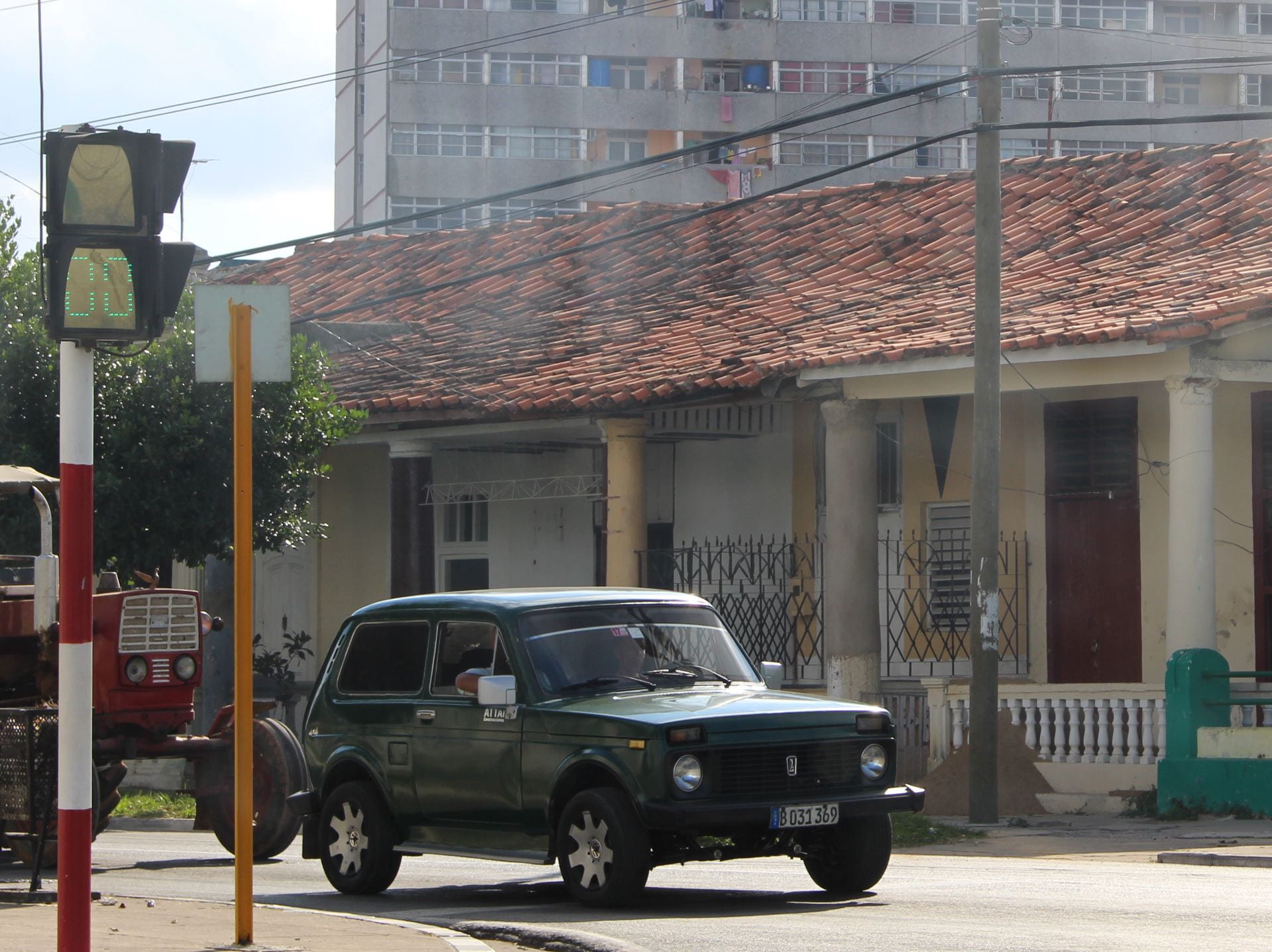
A post Soviet Lada Niva—rebranded last January as “Niva Legend”—in downtown Pinar del Río.
With the advancement of market reforms this year, though, not only parts but entire new automobiles can be imported through an intermediate public company by anyone with the means to do so. The consequences of this measure will nonetheless take time to unfold. Especially if we consider that, starting this August, the government is expecting to authorize about 40,000 vehicles made out miscellaneous parts and pieces to circulate on the roads of the country—the Frankenstein‑like vehicles or “social sculptures” that ingenious visual artist Lázaro Saavedra analyzed in his 2016 piece Chevrolet, 1955 (escultura social). In the meantime, used European cars and Chinese makers slowly modernize the vehicle population. From China too are the Yutong buses that have substituted since 2007 the iconic camellos (truck‑towed buses) from the Special Period (although the Cuban‑made, Soviet‑inspired Girón buses, named after the victory over the Bay of Pigs invasion, are still a common sight in the provinces).
Classic cars from the United States are, actually, less linked to tourism and global capital than it may seem. Most of them, kept in the island thanks to an early prohibition to their being exported, run as route taxis for the local people, with regulated prices and Russian parts. And not even in the whole of the island; in Santiago, MZ motorbikes fabricated in East Germany 30 or more years ago now serve as taxis.
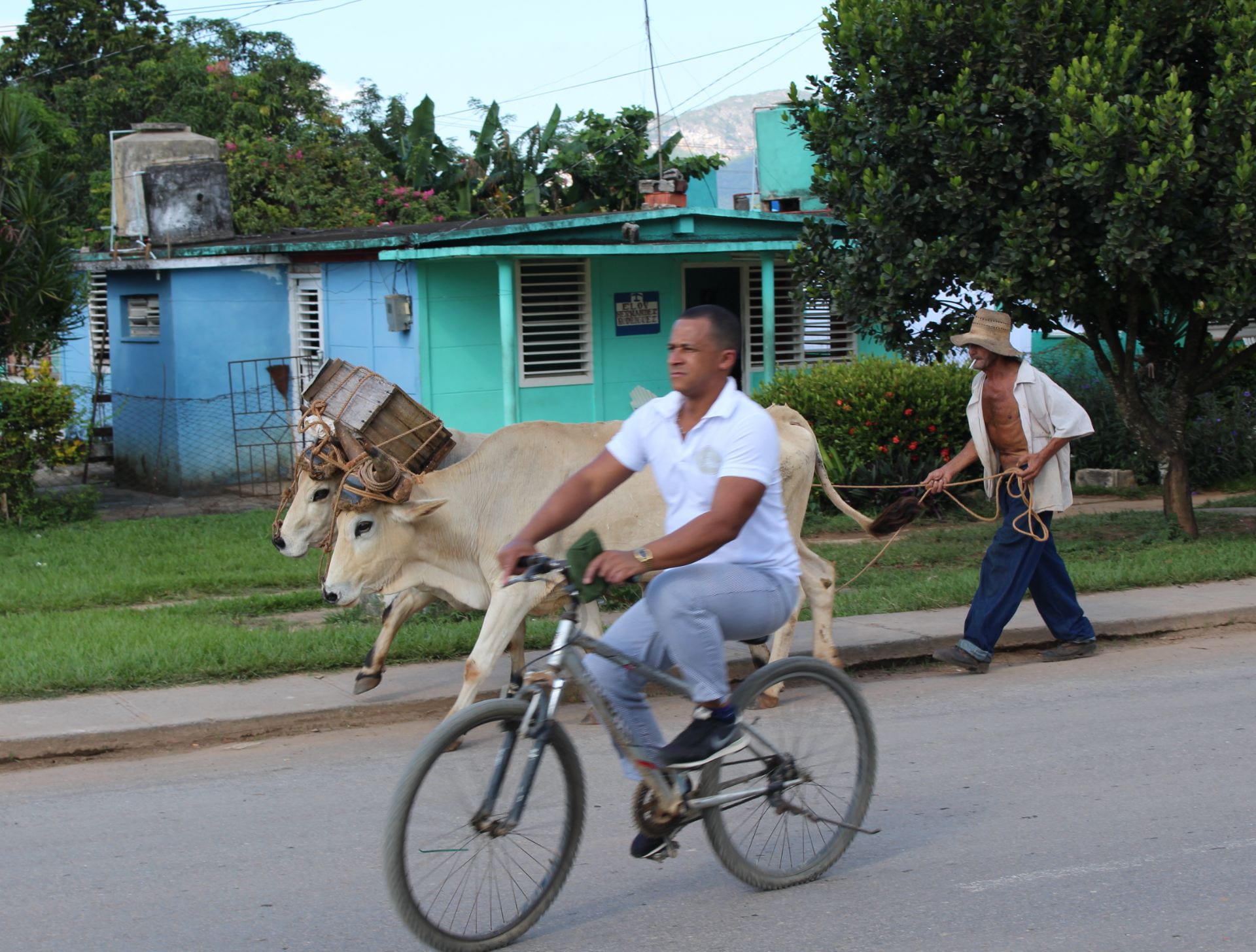
San Andrés de Caiguanabo—a town both fiction and historiography have deemed abandoned since the early 1970s—in motion.
Cuba’s moving landscape, with its remains of the “golden age” of Capitalism and its alternatives from the Socialist Bloc caused, as could be expected, a wave of cultural productions comparable to Germany’s Ostalgie or the Yugo‑nostalgia—the work of Jacqueline Loss Dreaming in Cuban is the most complete reading on this phenomenon. The documentary Los bolos en Cuba y una eterna Amistad (2011) by Emilio Colina deals with the remains of Cuban‑Soviet relations—their cooperation and misunderstandings—focusing on people’s affects towards the material culture from that time. Similarly, one of Colina’s last documentaries before his passing last year, La vaca de mármol (2013) or Carlos Machado’s drama La obra del siglo (2015) revisit (pessimistically) the agricultural and nuclear projects that promised food and energy solutions that dramatically ended during the 1990s “Periodo Especial.”
But nostalgia cannot be the word that completely explains either my taxi driver’s fixation with a country’s name, nor the reality of a city landscape that refuses its reduction to an idealized image of the 1950s that ignores, precisely, why there are no American cars from the 1960s. If there is any truth behind the belief in an “authentic Cuban rhythm,” it would be one that has nothing to do with Caribbean indolence or with a frozen history, but with a different combination of the old and the new; one based not in the purchase capacities of its people or the global development of market networks, but in the stubborn loyalty to a social landscape––conservation, recycling, restrictions—in the midst of economic war and ideological depreciations. If your Lada keeps running, why forget its maker? What once was a quality car for workers, back in 2017 was the smoky and reliable transportation of the world’s sole sustainable country.
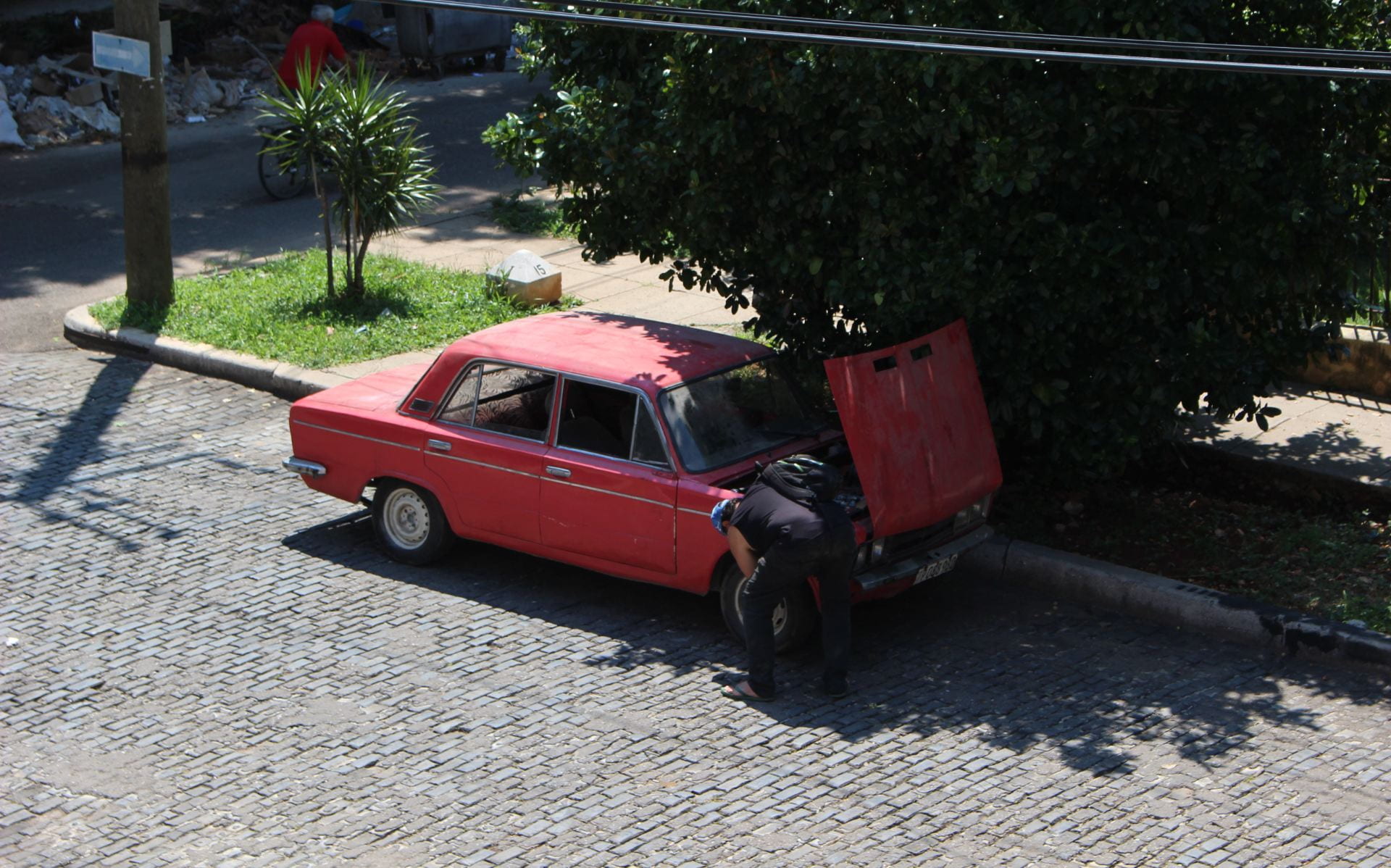
A routine side of the road fix in Vedado, Havana.
That landscape and its rhythm now appears in opposition to the recent scenes of protest in demand of newer things—a contradiction that more openly displays the political relevance of mobility in its most physical meaning.
On January 5 of this year, Eduardo Rodríguez Dávila, the current Minister of Transportation, appeared on the TV program Mesa redonda to explain the consequences of the new economic reforms in passenger transportation (a political practice quite common in Cuba). According to his report, the fees for virtually all transport services would have increased between twice and five times by this summer—in consonance with a parallel increase of two to ten times in the scale of salaries. Whether these measures have helped the complicated and troubled mobility needs of Cubans remains difficult to judge, especially from abroad and with the restrictions to that same mobility imposed by COVID‑19 still in force on the Island. Their effects in the public opinion, on the other hand, are at least easier to imagine—and its importance in the forms and reasons of recent events should also be considered.
Back in February 2019, a regulation of the duties of freelance taxi drivers by the provincial government of Havana started a pilot plan to overhaul passenger and cargo transportation nationwide. The resistance of boteros (the driver of a private route taxi, although not necessarily its owner) to comply with the law of prices was evident to everyone and continued well into the month of May, when I left the island. Every corner of every street with a route became an effervescent point of discussion, with people taking sides between the rights of the drivers and the authority of the State; or—as I heard other times in a different phrasing—between a profitable price and the defense of the passengers’ rights to get to their destination.
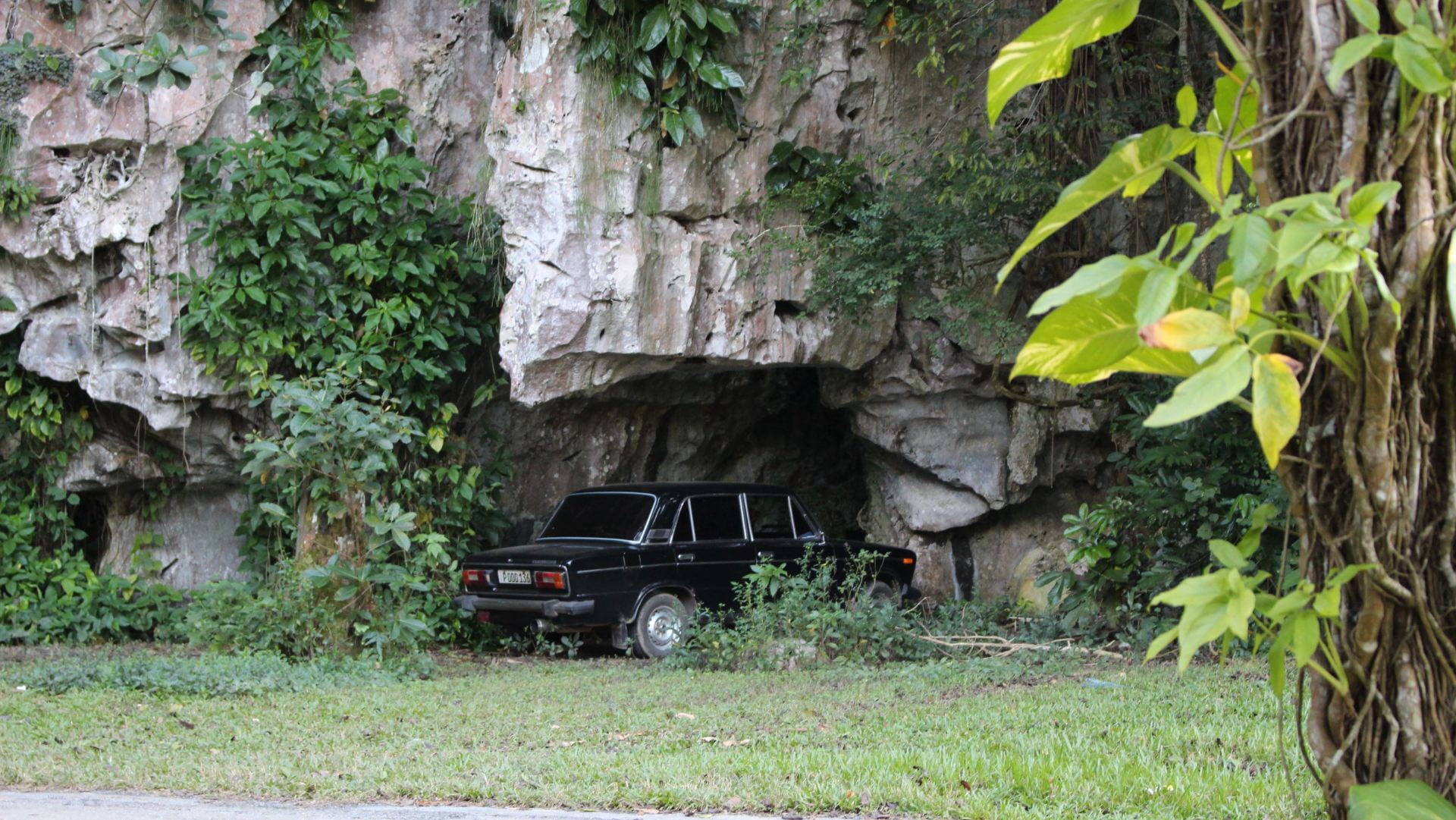
A pristine Lada 2103 cleverly protected from the harsh sunlight in Cueva del Indio, Viñales.
In Cuba, that of taxi driver is an occupation in which sexism has made a fiercer comeback since the Special Period (a reality not much talked about), especially when we remember the early revolutionary programs that offered prostitutes in Havana to become taxi drivers—the famous violeteras. Virtually all boteros are men, and their opaque partnership has garnered the profession a certain symbolism in Cuban culture. Gerardo Chijona’s film Los buenos demonios (2018), for instance, as well as the novel it is based on by Alejandro Hernández (Algún demonio, 2011) tell the story of a macabre Robin Hood‑esque botero who kills and robs tourists to help his neighbors in Alamar.
For many tourists, however, taxi drivers quickly become their first true friends on the Island and the source of all Cuban truths. Georgian filmmaker Nino Chichua had hers describe the insides of Havana in the 10‑minute documentary short Botero (2013)—which used to be a demanded product in the stores of burned DVDs. In my case, his name is Castillo, a voluntary combatant in the Ethio‑Somali War and ex‑executive of a State‑owned enterprise who now owns a small cafetería in San Miguel del Padrón and a green Volkswagen Beetle. I must have driven about a dozen times from and to Havana’s airport with him, but the first times the ride was, actually, on another Lada. A 2017 model, also green, which—as he later told me (perhaps repentant) in the cramped position that his stout body took inside the Beetle—had become the most wanted car in Cuba. It is a warning to shortsighted visitors: the static country expected by the foreign is, like its cars, a moving landscape which might reveal the static judgment of a blushed ideologue.
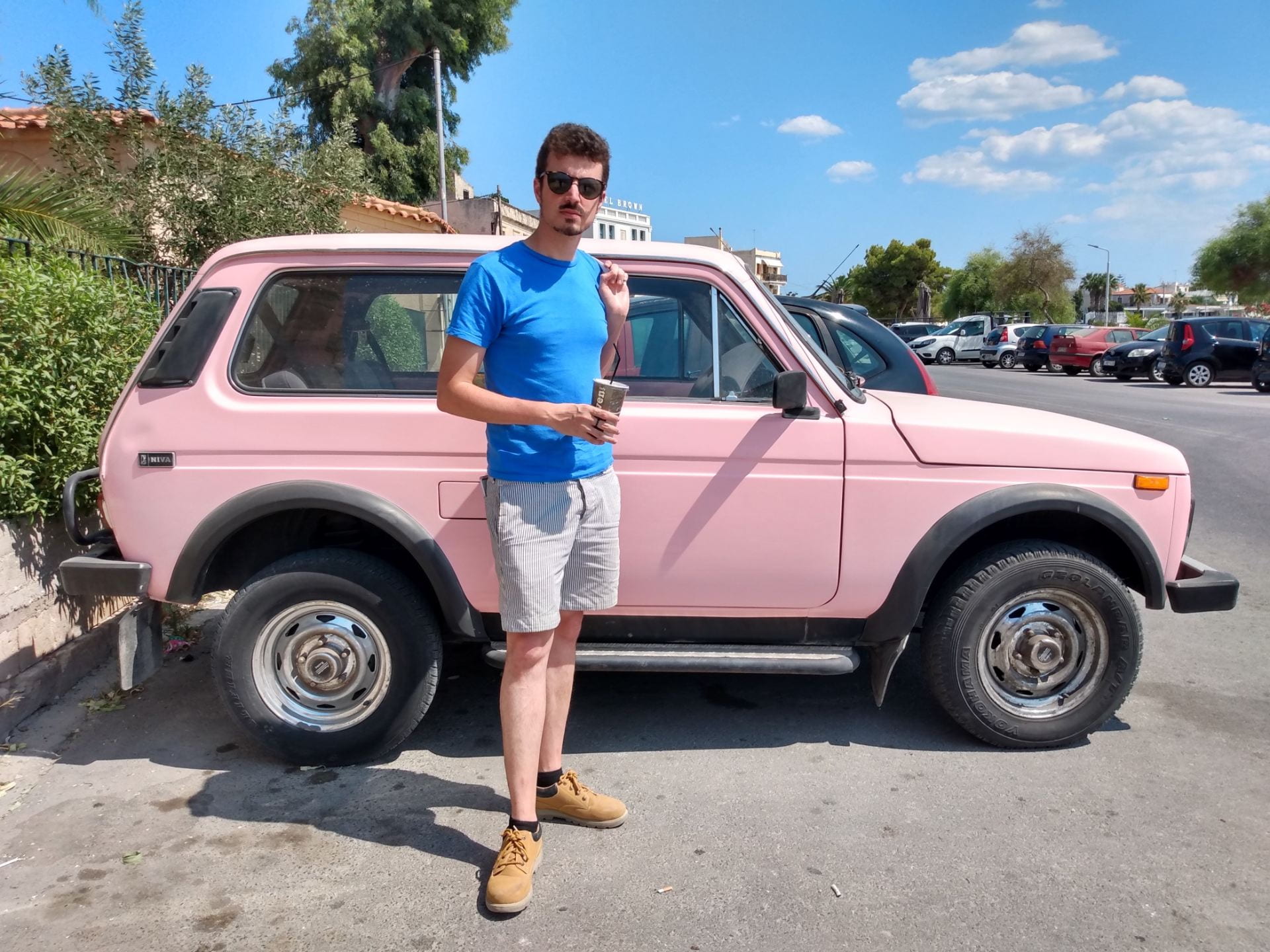
The author by a non canonic glowing Niva in Aegina, Greece.
Fall 2021, Volume XXI, Number 1
Jose De León is a Ph.D. candidate in Romance Languages and Literatures at Harvard. In his dissertation The Cuban Hypothesis he writes about the late 1960s in Cuba and its continuous importance for contemporary political and aesthetic theories. He can be reached at deleongonzalez@g.harvard.edu and jdleonmail@gmail.com.
Related Articles
Editor’s Letter: Transportation
Bridges. Highways. Tunnels. Buses. Trains. Subways. Transmilenio. Transcable. When I first started working on this issue of ReVista on Transportation (Volume XXI, No. I), I imagined transportation as infrastructure.
Modernity in Black and White
For years, one of my favorite pieces in the Museo de Arte Latinoamericano de Buenos Aires (MALBA) was the iconic Abaporu (1928), by Brazilian artist Tarsila do Amaral: a canvas…
Transportation Itself Does Not Build Urban Structures
English + Español
Fina Rojas lives in the 19 de Abril at Petare, the densest and one of the largest self-produced neighborhoods in Latin America. Most researchers and policymakers define self-produced neighborhoods as “informal settlements.” However, these settlements occur from…

